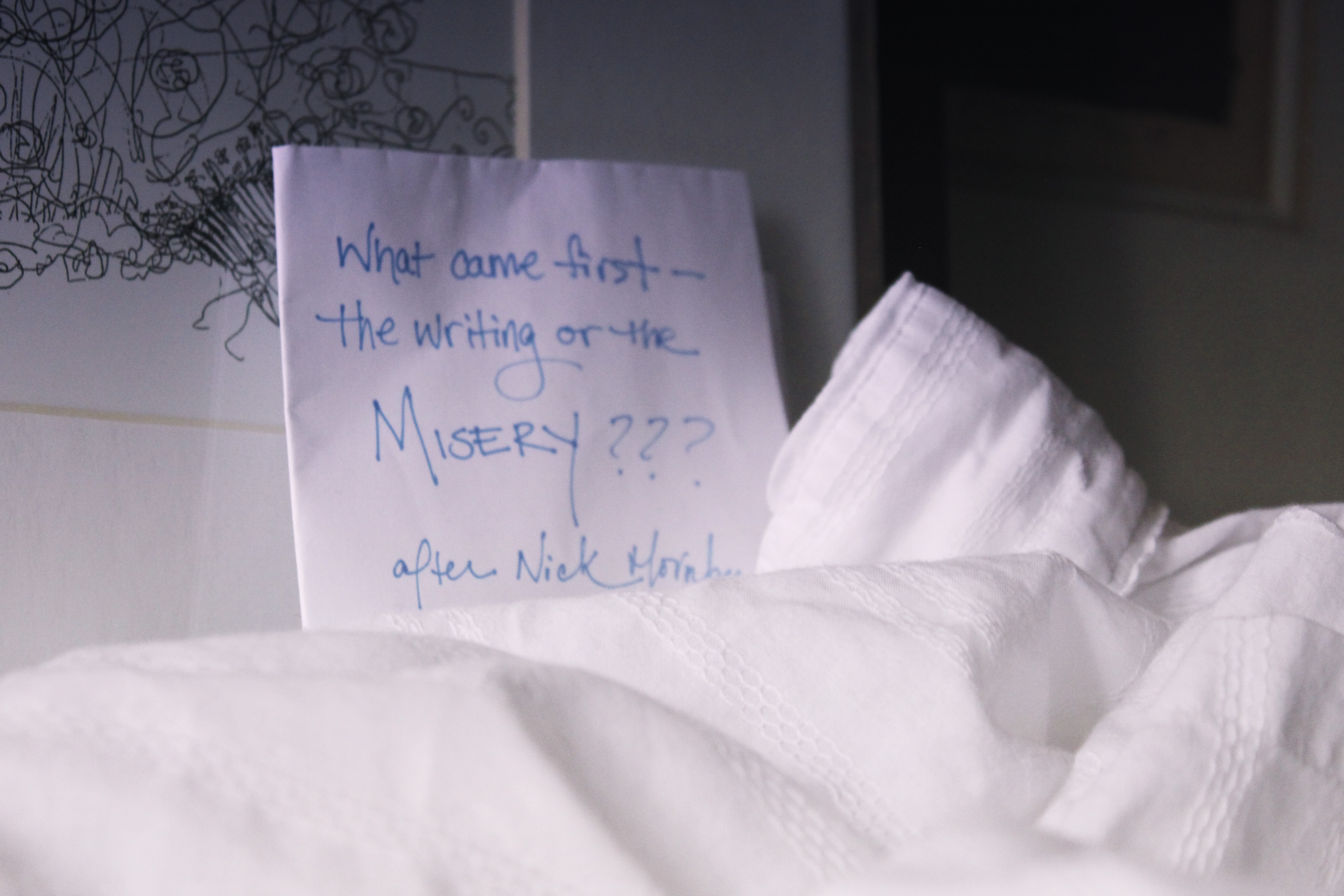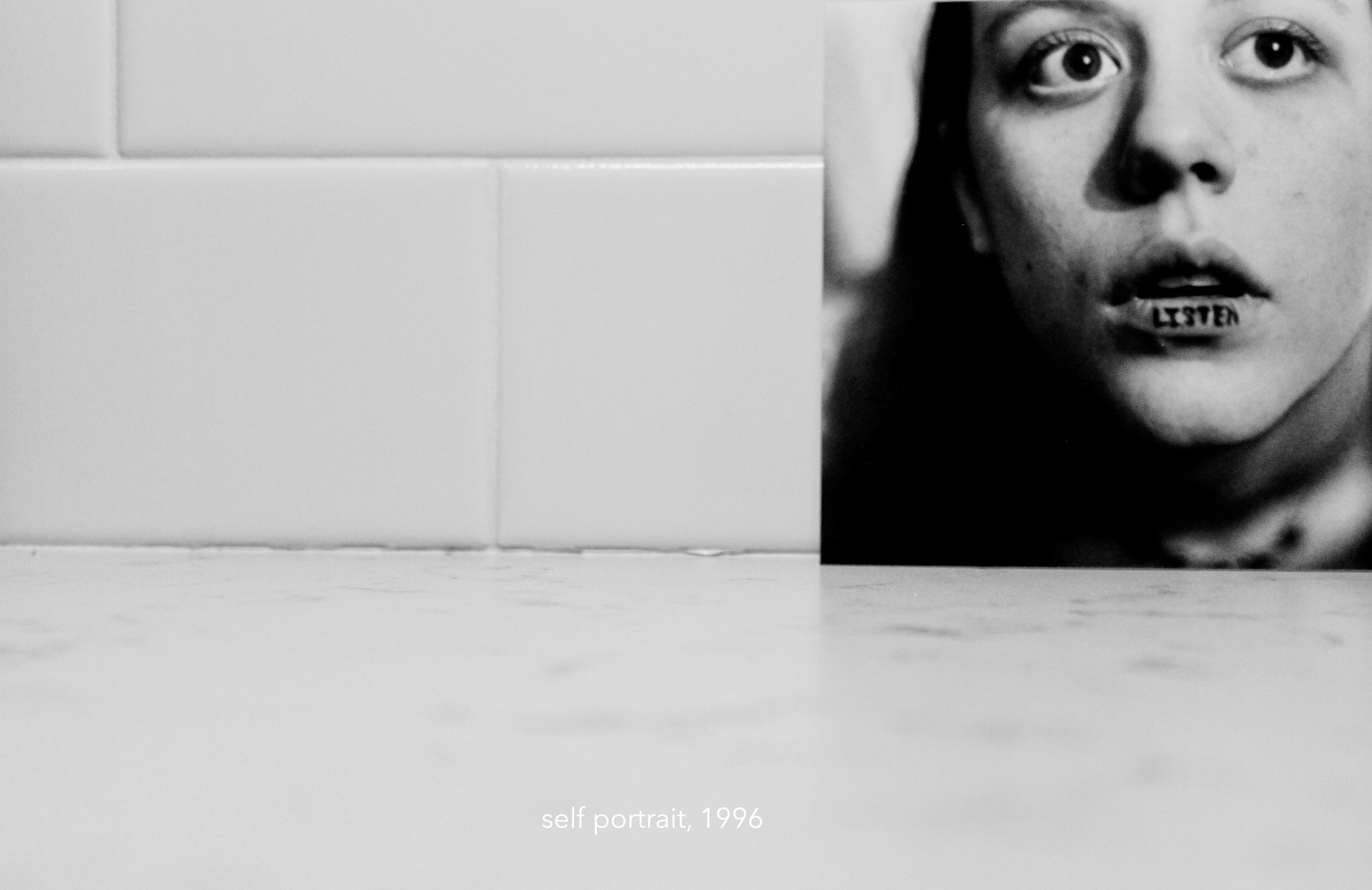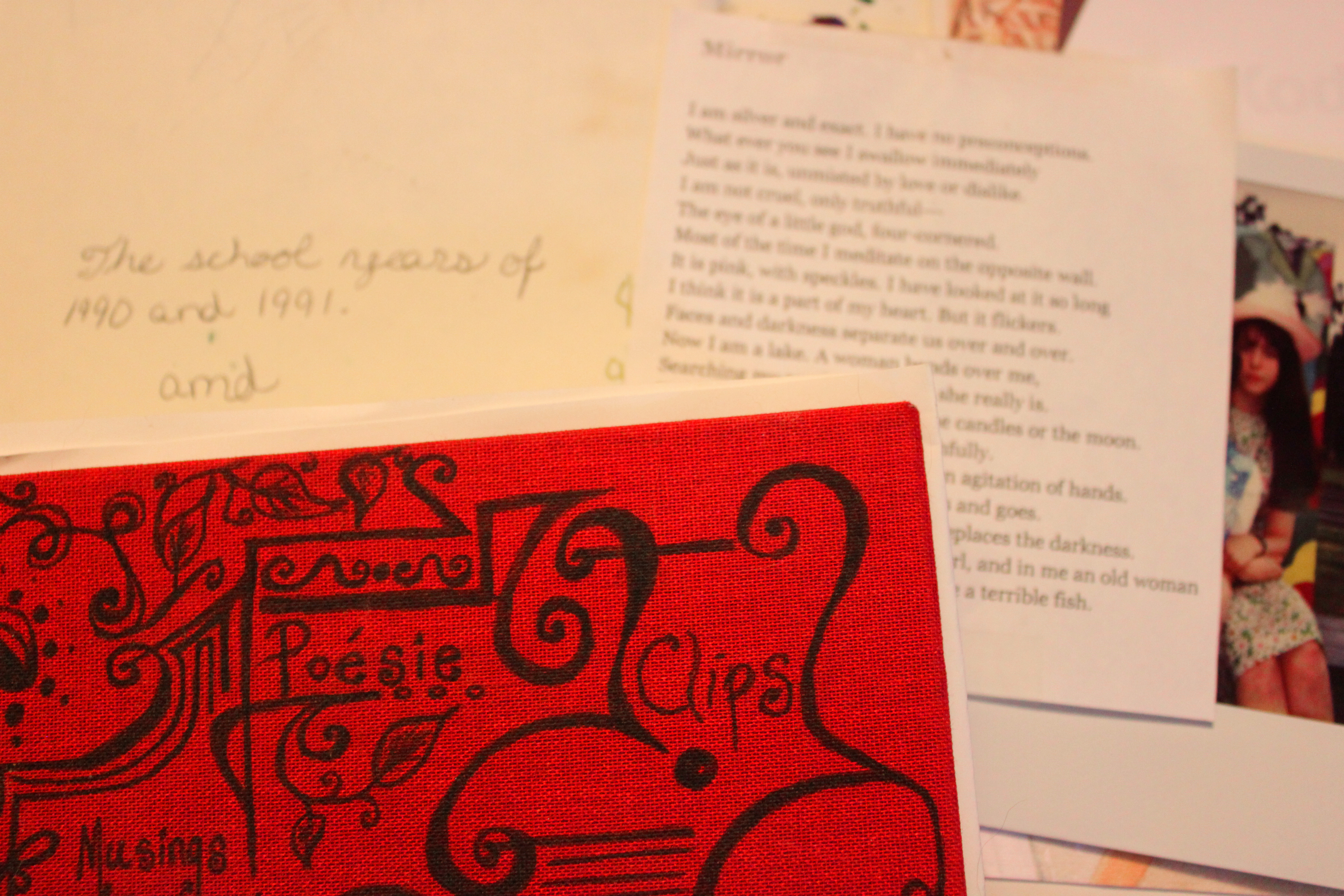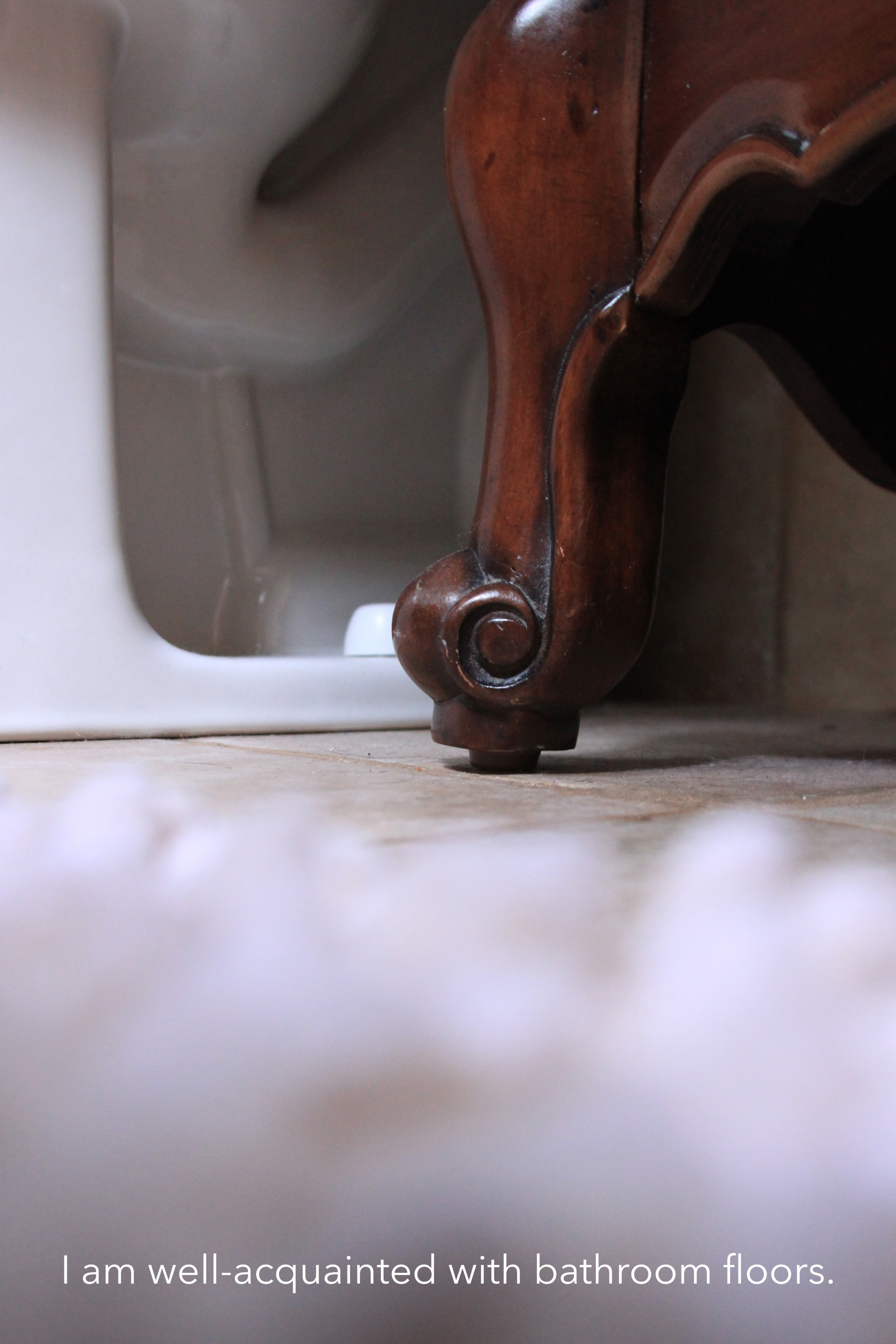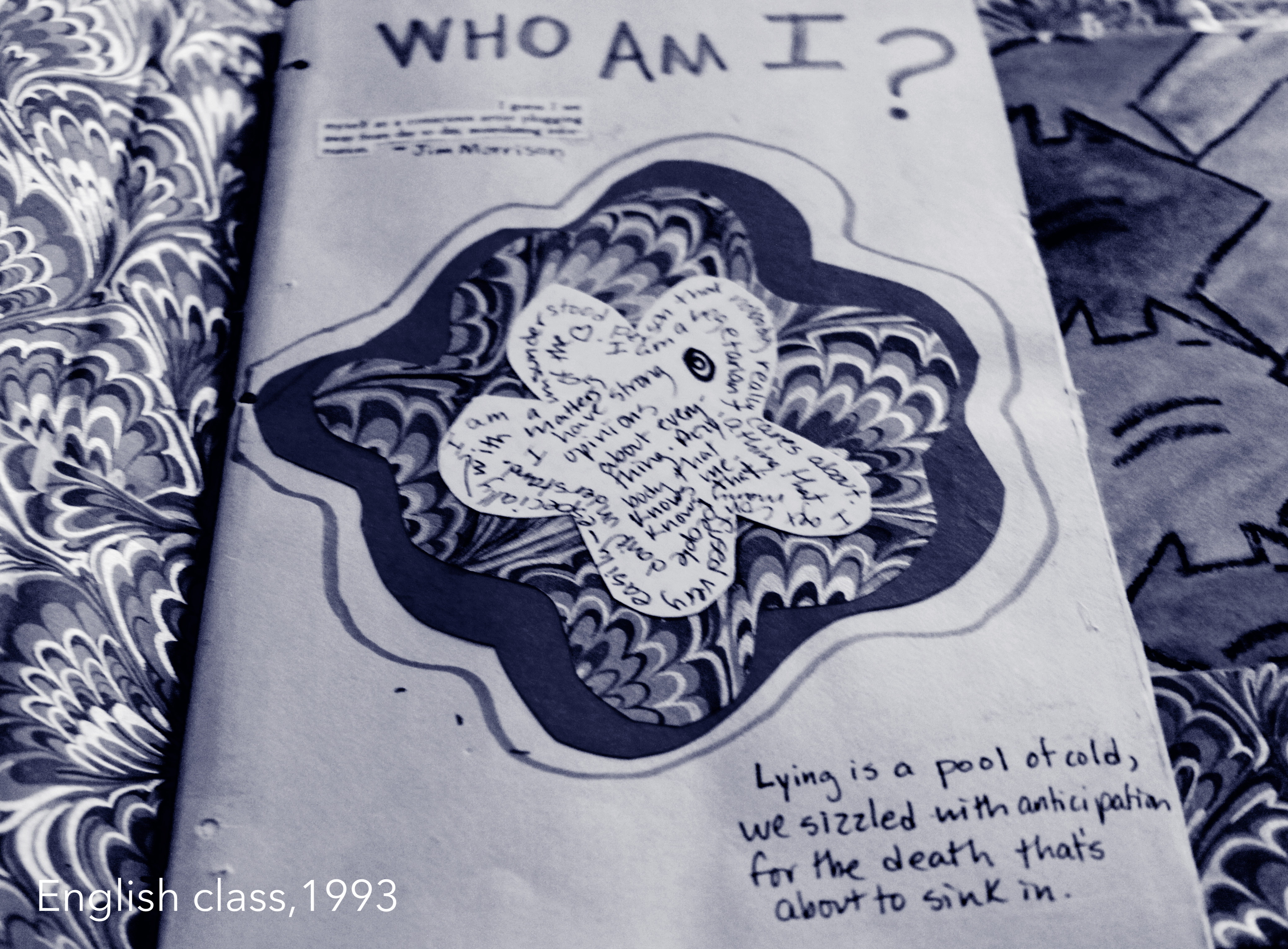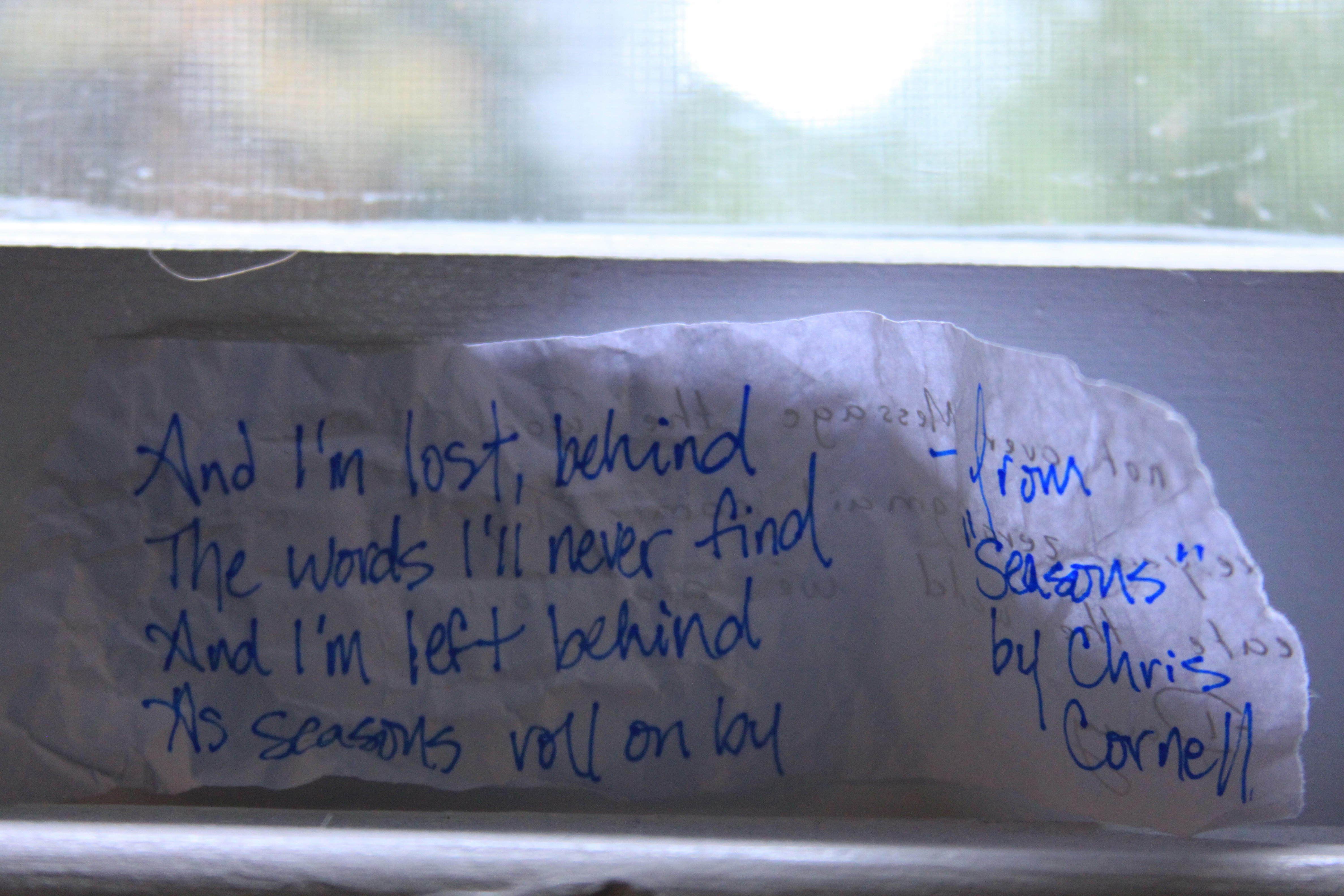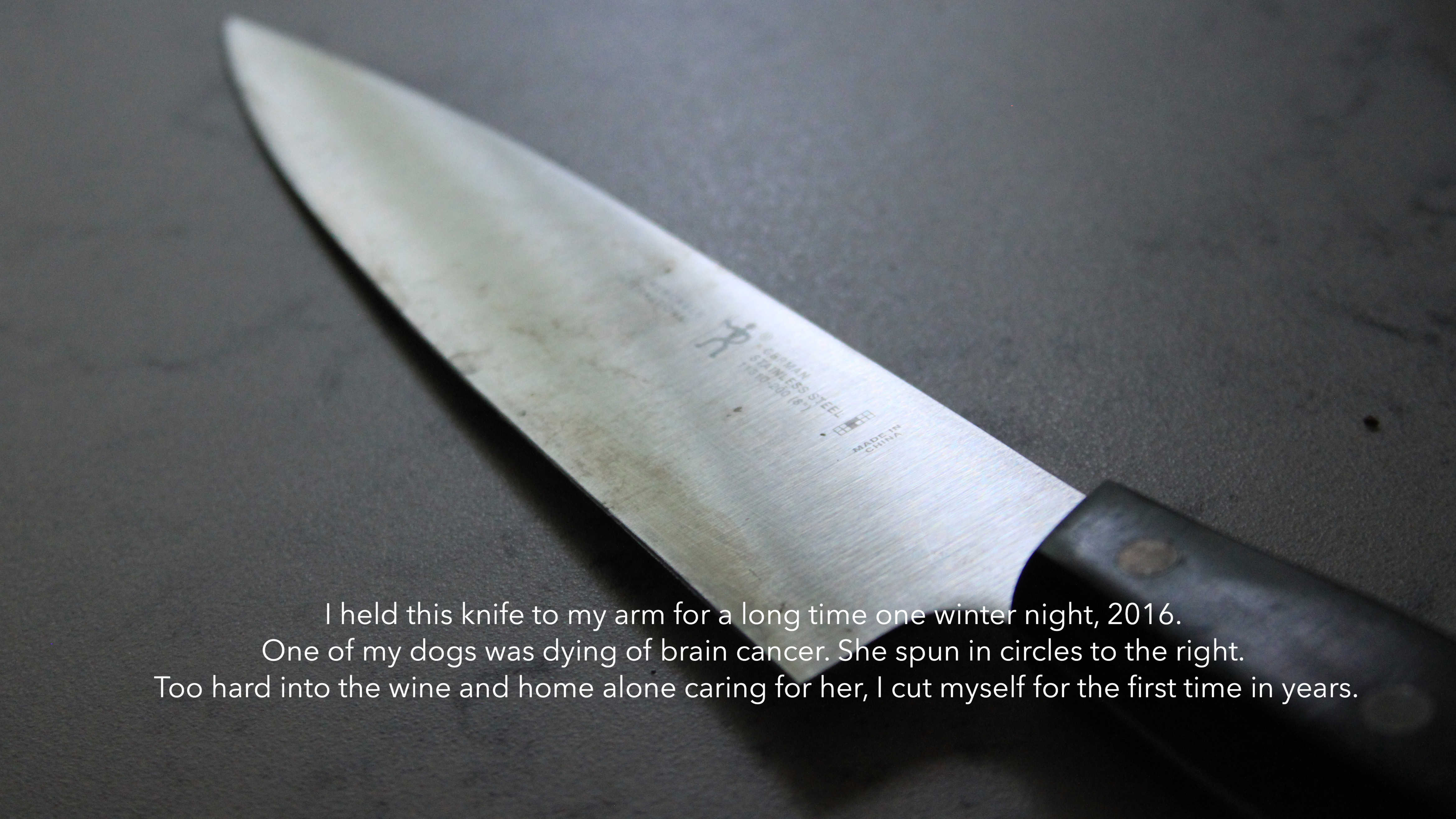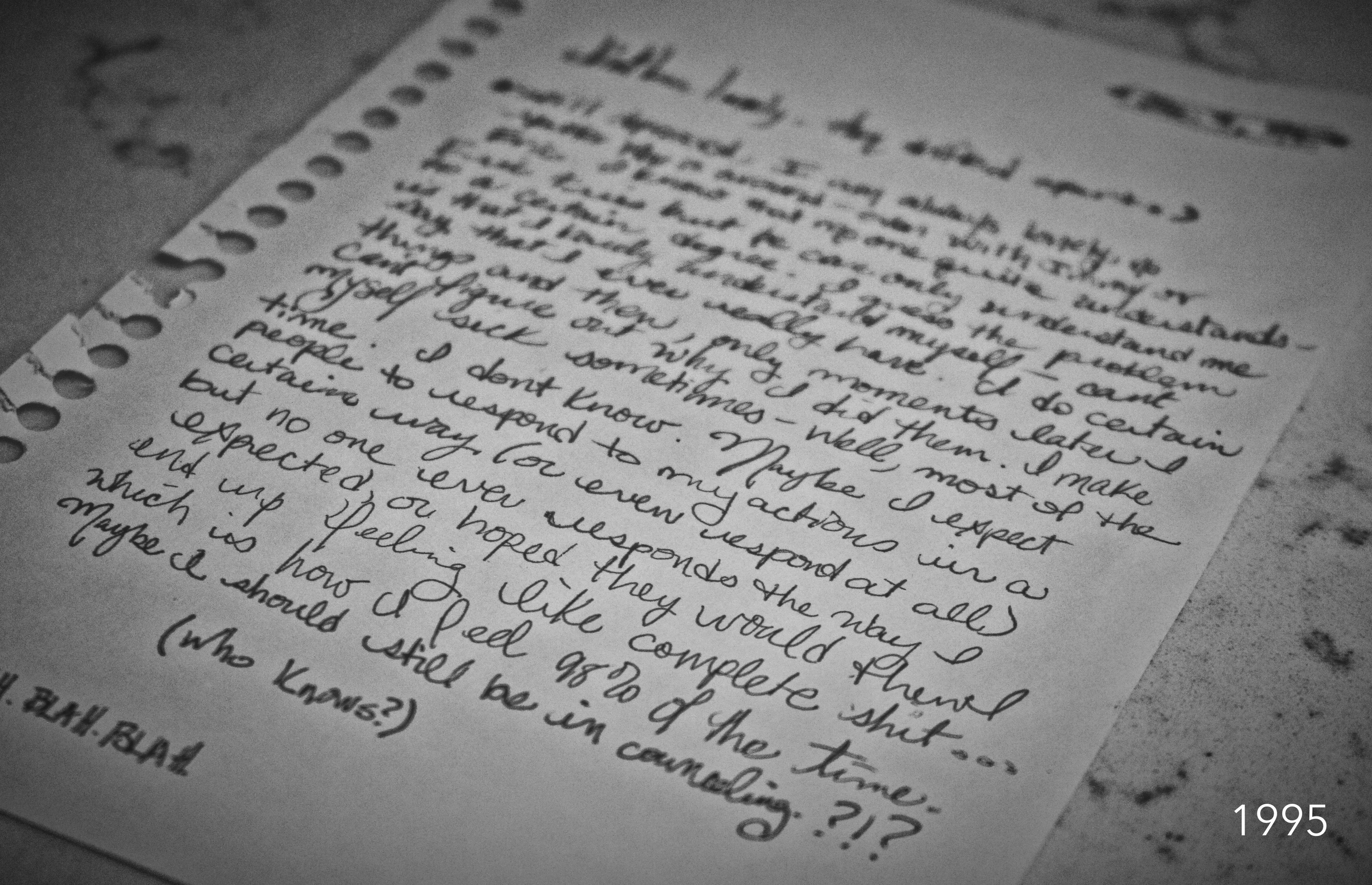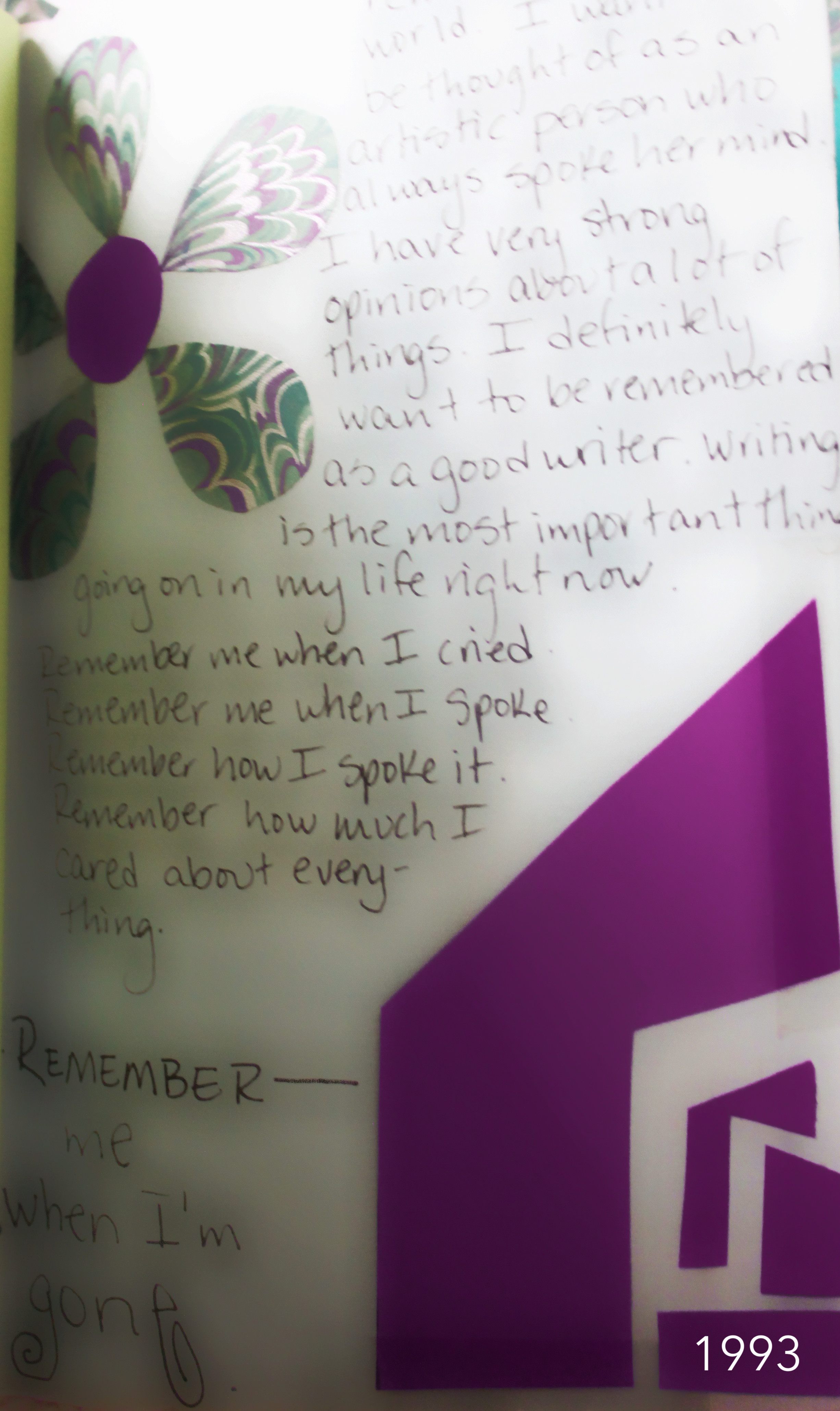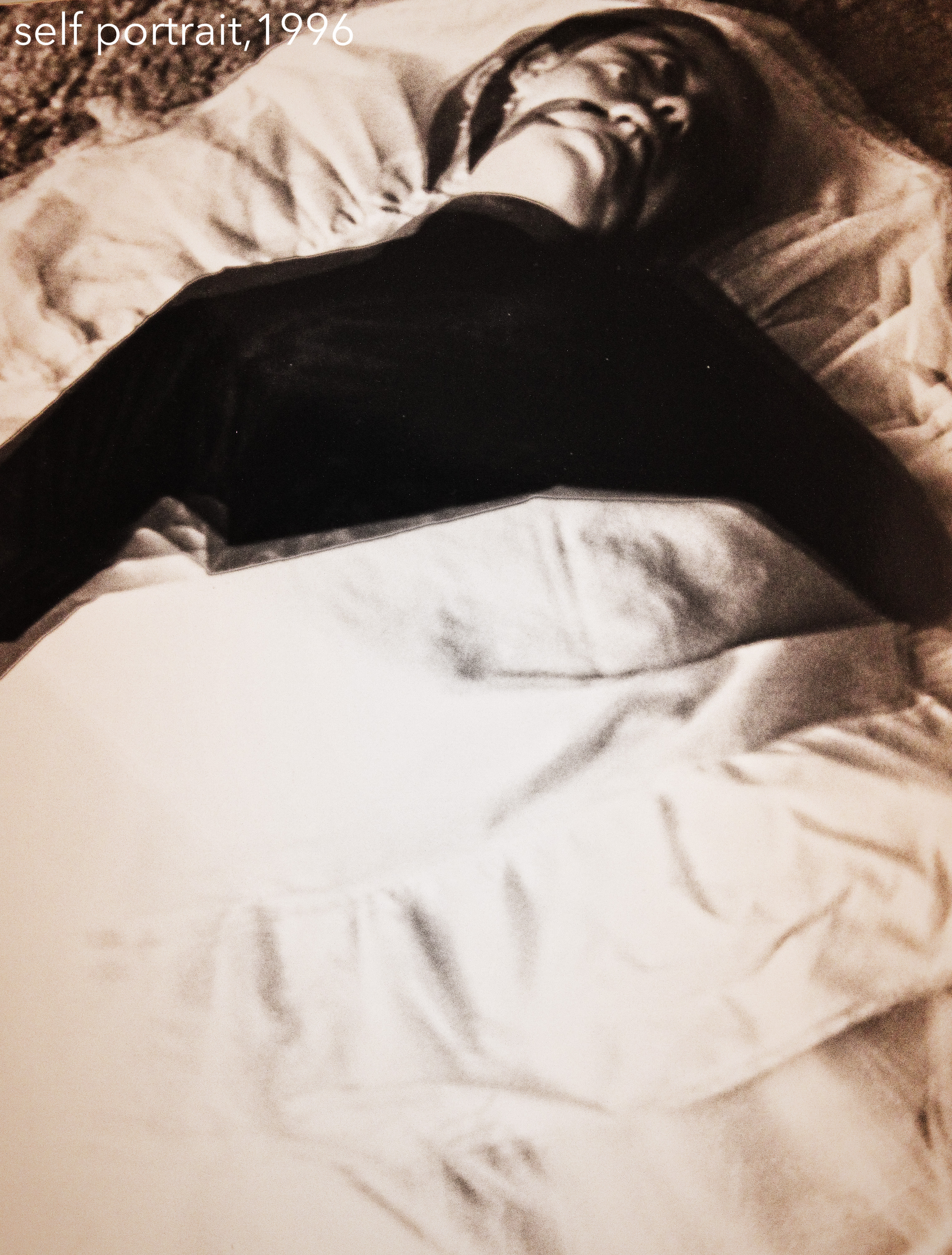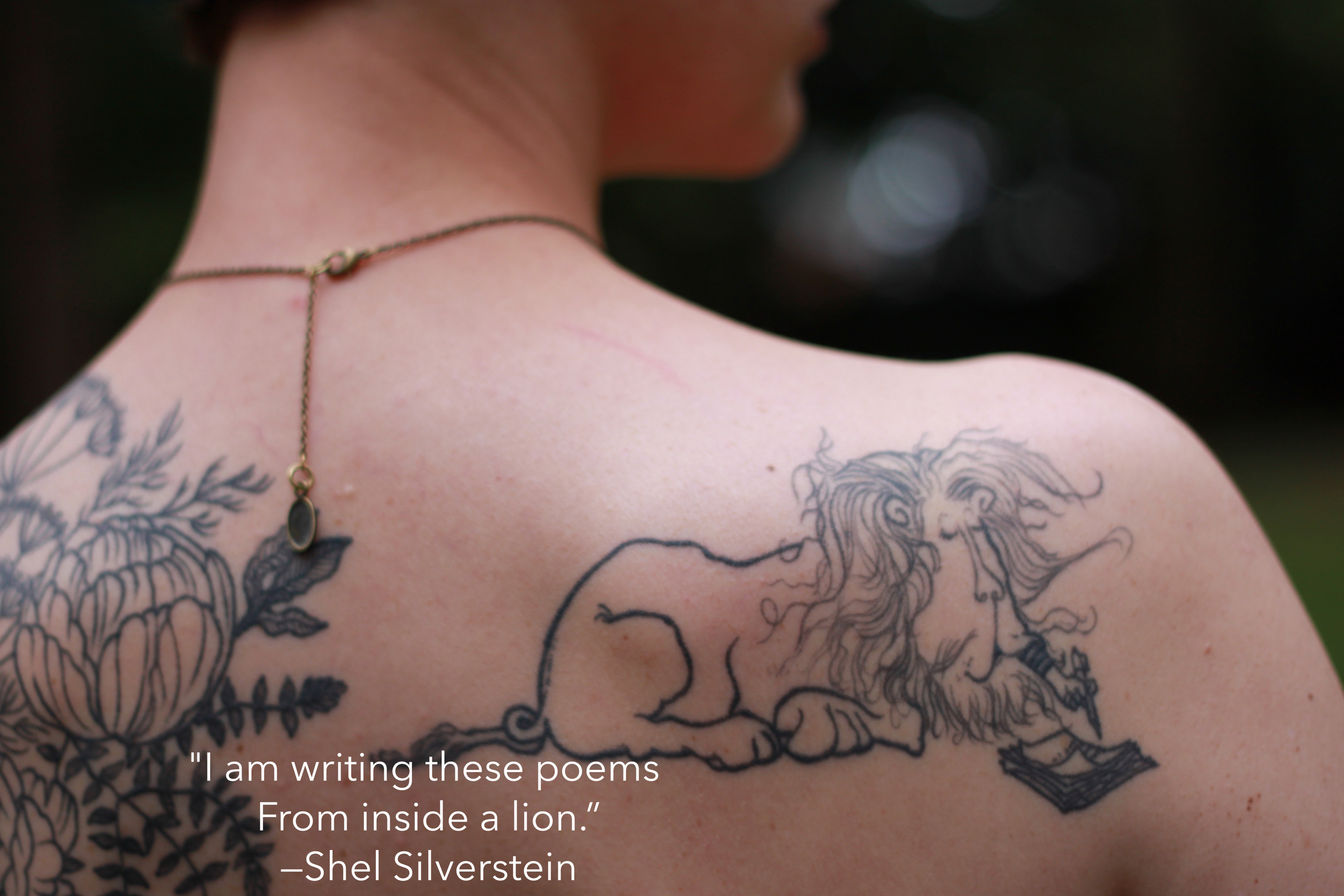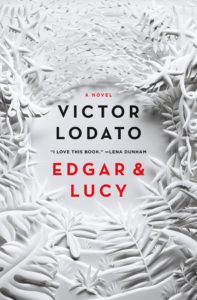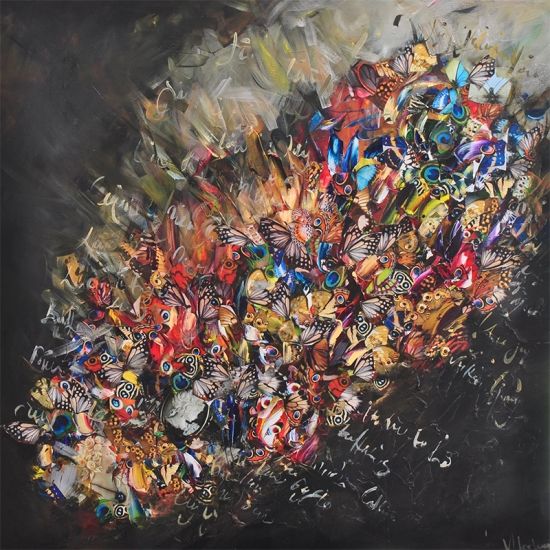 Last week, I had a conversation with a visual artist about the challenges of making art as we age. I’ll turn forty-six in December, and my friend is near there. I’ve read the statistics: the average poet peaks in her twenties; artists tend to be more in line with novelists, creating their best work in their forties (lucky guy). Still, with modern life and its distractions (see Anthony Varallo’s good post on interruption), finding inspiration tends to become more problematic with age.
Last week, I had a conversation with a visual artist about the challenges of making art as we age. I’ll turn forty-six in December, and my friend is near there. I’ve read the statistics: the average poet peaks in her twenties; artists tend to be more in line with novelists, creating their best work in their forties (lucky guy). Still, with modern life and its distractions (see Anthony Varallo’s good post on interruption), finding inspiration tends to become more problematic with age.
The artist and I briefly discussed strategies we’ve tried to keep the wheels turning. He’s a pro: a gifted painter who reinvented his artistic identity by trying—and mastering—a new genre (video). He’s secured artist residencies. He’s earned a sabbatical. Yet he juggles a full-time teaching gig with a brilliant, lively family, which is to say, he drinks a lot of coffee. He’s constantly weighing appropriate balance and space—responsibilities galore, but good ones, ones crackling with depth and possibility. I struggle to find space—and inspiration within that space—for art in similar ways. In recent years, it’s been in the playgrounds of other art mediums, which sometimes means excellent live music shows, but often means wherever fresh contemporary visual art can be found locally; when on the Flagler College campus, where I teach, I frequent CEAM (the Crisp Ellert Art Museum). This is nothing new: poets have written ekphrastic poems since the beginning, many of them great and lasting (ie. Auden’s “Musee Des Beaux Arts”). And this is perhaps because there’s a certain kind of attention required of visual art—how color works to convey mood, for instance, or how vital a fresh concept to the work’s success—that helps remind us of important elements in poem-making. Not every poet has the same hurdles when it comes to making poems, but one of mine tends to be getting hyper-focused on the linear argument—that which I find most interesting, chasing the a-ha! moment—and therefore getting lazy about filling in with lush details. Or filling in the details, but not presenting them in strange or original ways. Another challenge is finding new themes: my obsessions have gone through the wash twenty times; all that hot water has faded and shrunk them. Spending a few hours with a visual artist’s work tends to get fresh angles spinning. For instance, one of my more recent riffs came courtesy of Anna Von Mertens, a highly-accomplished multi-media artist, currently living in New Hampshire. In this series, she’s taking well-known portraits (often self-portraits by artists like Van Gogh and Frida Kahlo) and from them, creating auras, using cloth, stitching, and homemade dye. Gorgeous. Mind-blowing. When I saw some of these in a CEAM exhibit, I immediately wanted to talk back to them, create a kind of tribute to them in poems. The result was a series of “aura” poems, using largely the Confessional poets. Here’s one:
aura: james wright
the head and torso shape that of a supplicant,
a nonbeliever in prayer, the eyes closed below
their frames, hands clasped at the heart, but the heart’s
red is the opposite of the dominant pigment, green: sap green
that breaks into flowering, o, Monet’s fields and water lilies
seeding and bursting beneath surfaces, all grown-blessed
in permanent green light . . . . Jenny the muse in hooker’s green:
river-rising just enough to be seen, he will wade in over
his head into the snake’s viridian venom, in the background
Van Gogh’s mother portrait, where the world’s players
smash against each other, competing terribly–
who wouldn’t waste a life for the naive green just breaking
into gallop? the wild fields blossoming?
As you can see, I’ve selected a dominant color palette that represents the poet/his work (green, with nods to significant painters who worked famously in green) and made allusions to Wright’s most well-known poems. What I’m most interested in is the conversation, the stimulation that arose from it. A familiar paradox, but one that bears repeating: artists must carve out vacuums in order to make art, yet art is not inspired by such vacuums, but life itself. In support of the collaboration of visual art and poetic inspiration, I bring my students to CEAM every semester, to view what riches our director has procured and to respond in poems; part of my own making process comes in designing prompts unique to the artist’s work. This experience is for them, for me, the dominant lesson: that the art-making engine runs on nouvelles idées, that we must constantly see potential inspiration everywhere and seek it out. If we’re young, the challenge comes in developing the habit; if we’re older, it’s in sustaining it. The irony, of course, with this particular mode: that the new ideas come from ideas already examined, though differently, by other makers. Another paradox (the soul of poetry).
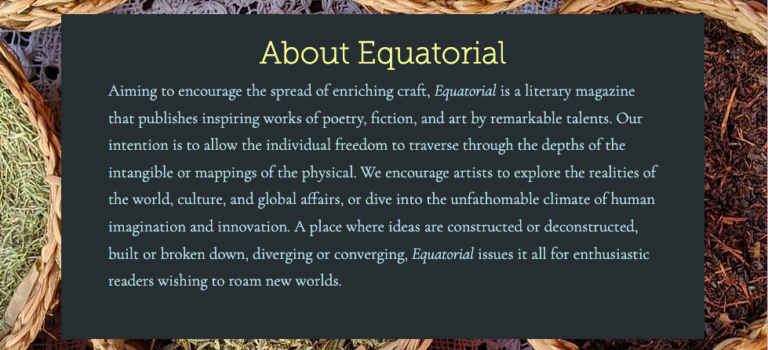
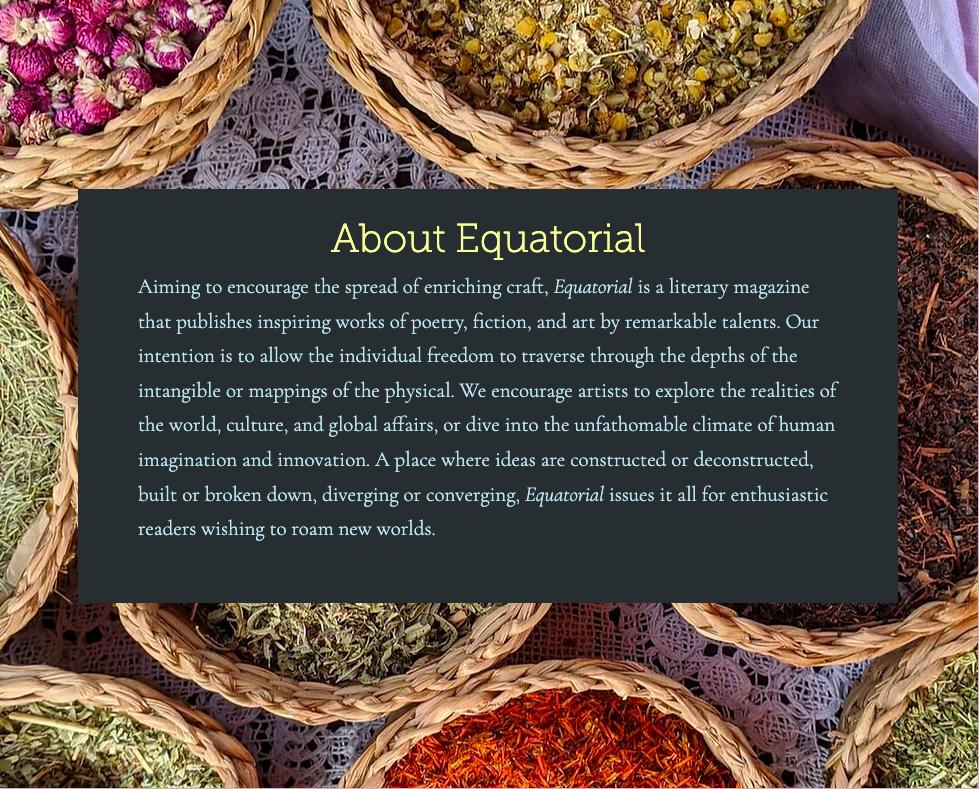

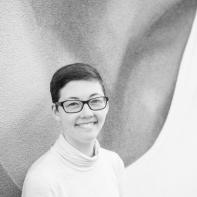

 Last week, I had a conversation with a visual artist about the challenges of making art as we age. I’ll turn forty-six in December, and my friend is near there. I’ve read the statistics: the average poet peaks in her twenties; artists tend to be more in line with novelists, creating their best work in their forties (lucky guy). Still, with modern life and its distractions (see Anthony Varallo’s
Last week, I had a conversation with a visual artist about the challenges of making art as we age. I’ll turn forty-six in December, and my friend is near there. I’ve read the statistics: the average poet peaks in her twenties; artists tend to be more in line with novelists, creating their best work in their forties (lucky guy). Still, with modern life and its distractions (see Anthony Varallo’s 
